The Global Smart Lighting Market: Growth Opportunities for B2B Businesses
The global smart lighting market is experiencing rapid growth, driven by advancements in IoT (Internet of Things), energy efficiency demands, and the increasing adoption of smart building solutions. For B2B businesses, this presents a wealth of opportunities across commercial, industrial, and municipal sectors. With projections indicating that the smart lighting market could exceed $30 billion by 2027 (CAGR of over 20%), companies that position themselves strategically can capitalize on this booming industry.
This blog explores key growth opportunities for B2B businesses in the smart lighting sector, including technological trends, industry applications, and strategies for market penetration.
1. The Rise of IoT and Connected Lighting Systems
Smart lighting is no longer just about illumination—it’s about data-driven intelligence. IoT-enabled lighting systems integrate sensors, wireless connectivity, and cloud-based analytics to optimize energy usage, enhance security, and improve user experiences.
Opportunities for B2B Players:
-
Partnerships with IoT Platform Providers: Collaborate with tech firms specializing in AI and IoT to offer integrated lighting solutions.
-
Customized Enterprise Solutions: Develop smart lighting systems tailored for offices, warehouses, and retail spaces, incorporating features like occupancy sensing and daylight harvesting.
-
Predictive Maintenance Services: Use sensor data to offer maintenance-as-a-service, reducing downtime for clients.
2. Energy Efficiency and Sustainability Mandates
Governments and corporations worldwide are prioritizing sustainability, with regulations like the EU’s Energy Efficiency Directive pushing for greener infrastructure. Smart LED lighting, which consumes up to 80% less energy than traditional lighting, is a key component of these initiatives.
Key B2B Opportunities:
-
Retrofitting Projects: Many businesses still use outdated lighting systems. Offering cost-effective retrofitting solutions can be a lucrative market.
-
Smart Street Lighting for Smart Cities: Municipalities are investing in intelligent street lighting to reduce energy costs and improve public safety.
-
Carbon Credit and ESG Consulting: Help businesses track and report energy savings from smart lighting to meet sustainability goals.
3. Smart Lighting in Commercial Real Estate and Workspaces
The demand for smart offices is surging as companies seek to enhance employee productivity and reduce operational costs. Lighting systems that adjust based on occupancy, time of day, and natural light availability are becoming standard in modern workplaces.
B2B Growth Areas:
-
Human-Centric Lighting (HCL): Systems that mimic natural light to improve well-being and productivity in corporate environments.
-
Integration with Building Management Systems (BMS): Offer lighting solutions that sync with HVAC and security systems for seamless automation.
-
Subscription-Based Lighting Services: Provide lighting-as-a-service (LaaS) models to reduce upfront costs for clients.
4. Industrial and Warehouse Applications
Factories, warehouses, and logistics centers require robust, high-efficiency lighting solutions. Smart lighting in these environments enhances safety, reduces energy waste, and supports automation.
Opportunities for B2B Providers:
-
High-Bay Smart LED Lighting: Energy-efficient solutions for large industrial spaces with motion-sensing capabilities.
-
Li-Fi (Light Fidelity) Technology: Explore data transmission through light for secure, high-speed communication in industrial IoT settings.
-
Condition Monitoring: Use lighting sensors to track environmental conditions (temperature, humidity) alongside illumination.
5. Retail and Hospitality: Enhancing Customer Experiences
Smart lighting plays a crucial role in retail and hospitality by influencing customer behavior and ambiance. Dynamic lighting can highlight products, create mood settings, and even guide foot traffic.
B2B Strategies for Retail & Hospitality:
-
Personalized Lighting Experiences: AI-driven systems that adjust lighting based on customer presence and preferences.
-
Interactive Lighting Displays: Partner with digital signage providers to create immersive in-store experiences.
-
Energy Analytics for Chain Stores: Offer multi-location retailers centralized control and energy usage reports.
6. Challenges and How B2B Businesses Can Overcome Them
While the smart lighting market is promising, businesses must navigate challenges such as:
-
High Initial Costs: Position financing options (leasing, LaaS) to ease adoption.
-
Interoperability Issues: Focus on open-protocol systems (like Zigbee, Matter) to ensure compatibility.
-
Cybersecurity Concerns: Partner with cybersecurity firms to build trust in connected lighting networks.
Conclusion: Seizing the Smart Lighting Opportunity
The global smart lighting market is transforming how businesses and cities operate, offering B2B companies vast potential in IoT integration, energy efficiency, and smart infrastructure. By focusing on industry-specific solutions, strategic partnerships, and innovative business models, B2B players can establish themselves as leaders in this dynamic and fast-growing sector.
Is your business ready to shine in the smart lighting revolution? The switch is on!
No comments






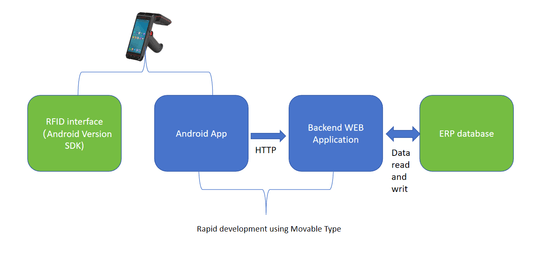
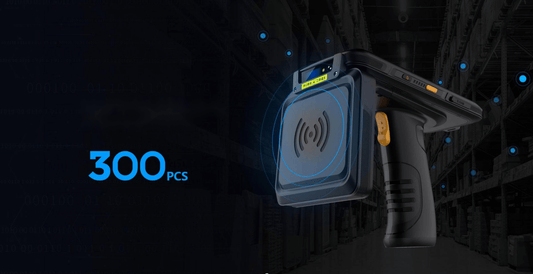

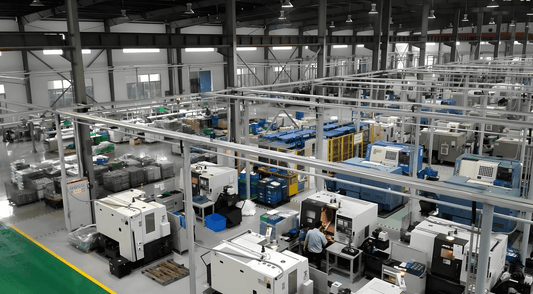
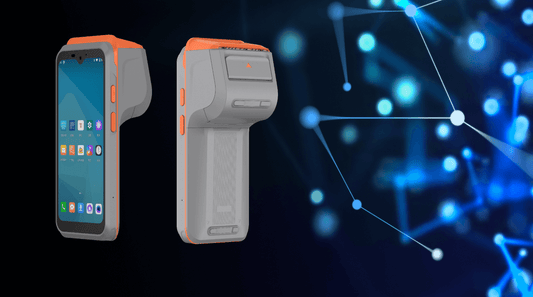
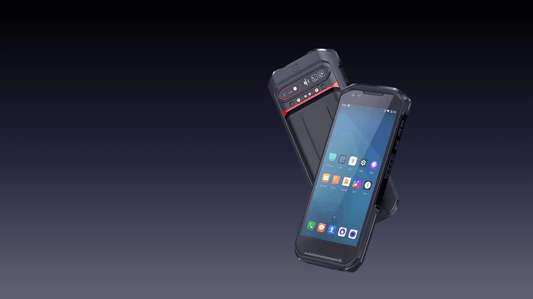
0 comments